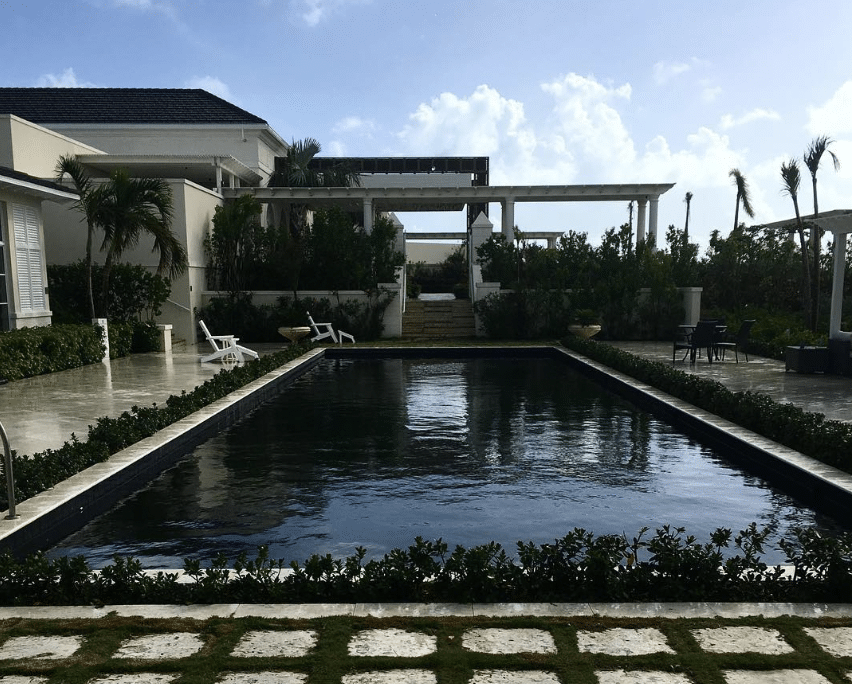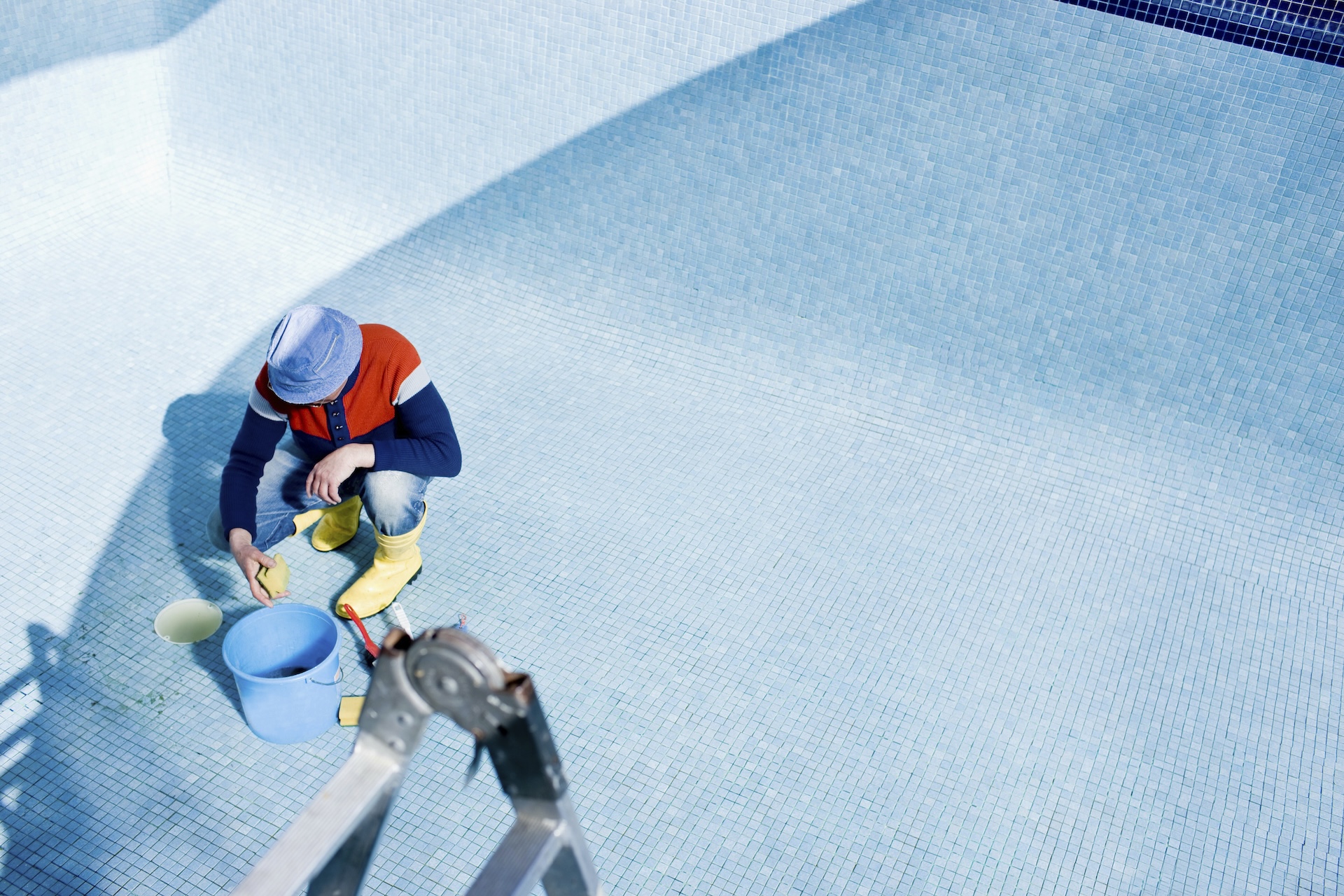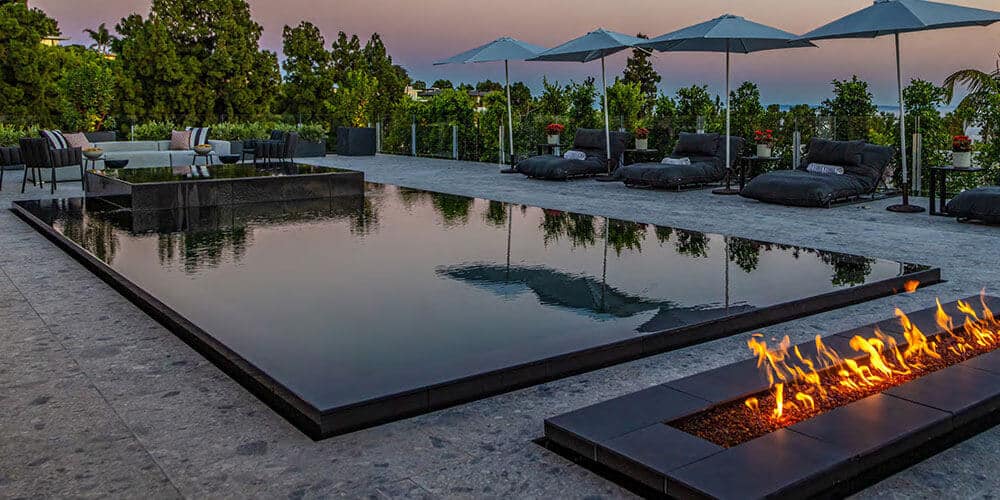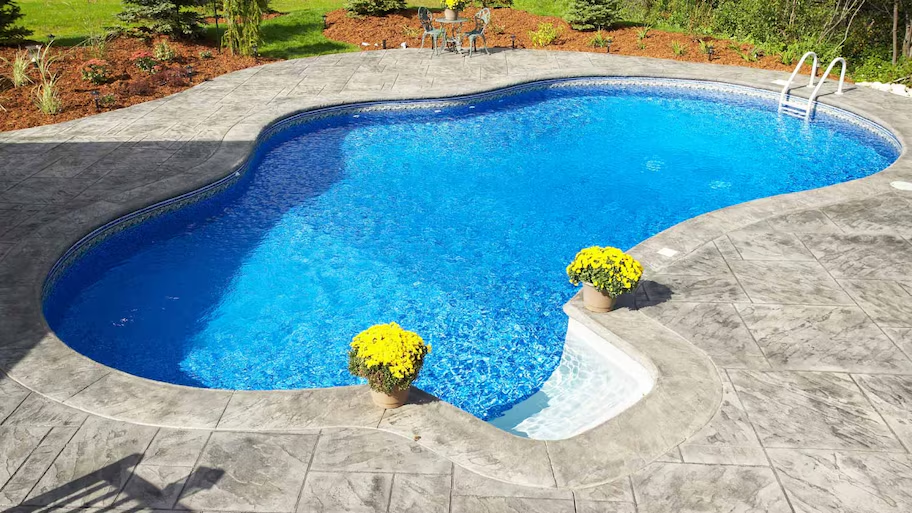Does a Black Pool Bottom Increase Water Temperature?
What is your understanding of a black bottom pool? This is a swimming pool wherein the bottom portion is coated with black layers. Vinyl, plaster of Paris, and fiberglass are coating materials added to design black bottom pools.
Black pools lend aesthetic vibes to commercial properties like hotels, staying inns, and homestay locations. The perfect nightlife effects are brought to life with these designer pools.
Black pools radiate natural sunlight during the daytime. They absorb the maximum amount of heat from the sun. As a result of this, the pools retain water that has warmer temperatures. This means the water remains warmer even during midnight hours.
Therefore, hotels or commercial hubs construct black water pools to save their energy bills too.
In this online guide, you will also learn other interesting aspects of how darker shade pools thrive.

1. How Do Black Pools Increase the Temperature of Water?
Darker colors absorb sunlight, while lighter shades reflect light. Therefore, when you have a black swimming pool, it absorbs the maximum amount of sunlight during the day.
The water inside the pool, therefore, remains warmer even post-twilight hours. Therefore, this is a major attraction for youngsters and teen adults who may want to swim even at midnight.
Hotels, resorts, and homestays prefer black swimming pools to save up their energy bills during winter months. As the water naturally retains its warmth, the hotels needn’t use heaters to warm the water up.
2. Differences Between the Water Color and Mosaic Tile Design
There are noticeable differences between swimming pools’ water and the tile design. When real-estate developers construct dark-shaded pools, the mosaic design takes shades like black, gray, brown, and bottle green.
The waters absorb sunlight that keeps their waters warmer. On the other hand, some of the posh hotels in South Africa, Thailand, and South Africa add elements to water so that its tint improves.
However, even though the water changes, it remains cool and crystal clear for tourists and vacationers to enjoy their swimming experiences at these locations.
For instance, the greenish-blue tinge at beach pools in the Maldives, the red pools in Thailand, and the navy blue waters in South Africa, famous pool developers improve the water tint above anything else.
3. Pool Chemistry Also Plays a Major Role
Well, pool chemistry is the connection between the color of waters and temperature that impacts ecosystems that thrive in the same.
Concerning black water pools, the dark ambiance prevents algae from growing. The algae, sea-fishes, and other aquatic ecosystems thrive at light-shaded pools as they can hunt for their food, water, and air.
Similarly, aquatic ecosystems enhance the nutrient density of waters with rich nitrates, fresh oxygen, and so on.
On the other hand, in black pools, you cannot see algae growth. You also cannot detect wild animals or other species like frogs, tadpoles, or crocodiles that may enter dark waters while you may want to swim for an hour.
4. Safety Concerns
As against lighter hue pools, darker pools raise safety concerns. This is mainly because elders or Senior citizens cannot gauge the water depth. Similarly, adults who have younger children also fall at risk of taking their kids for pleasurable hours of swimming.
This is because, inside black waters, it is difficult to identify the initial markings and the end markings. In other words, it is difficult to identify where the swimming pool begins and ends.
As a result of the same, elders getting hurt at uneven ridges of the darker pools is more common. Senior citizens who have Alzheimer’s disease, Diabetes, or even Color blindness can drown in darker waters.
Safety concerns are primarily the main reason black bottom pools are banned across most regions of the US, such as Texas, Mexico, New York, California, etc.
5. The Black Bottom Coating Easily Gives Way
As the black bottom is made from vinyl, plaster of Paris, or concrete forms of fiberglass, you never know when and how the black coating gives way. Of course, the black bottom area of the pool can get eroded due to constant wear and tear.
Teen adults and even experienced swimmers can get hurt when their feet touch the uneven ridges of the swimming pool.
Therefore, owners of hotels, motels, inns, and room stays must constantly repair or renew the black bottoms occasionally. It can be a tedious affair.
And the cost of maintenance also goes up because these pools require comprehensive care.
6. Why Are Lighter Pools Preferred?
Swimming pools with lighter shades of blue and white lend a serene ambiance to swimming. As lighter hues reflect the maximum amount of sunlight, the visibility of the waters is never a problem.
The tiles made of blue and white have their markings as to how you get into the water how you can dive deeper and where you rest. Adults and elder citizens, therefore, feel safer to swim inside lighter pools.
When you have a pool bottom made from pastel blue, the waters promote the growth of mushrooms or algae, which can further improve the pool’s chemistry, making it oxygen-rich.
Conclusion
Ultimately, black-bottom swimming pools have brilliant aesthetic value in appearance. However, due to safety concerns, many hotel owners think twice about constructing black swimming pools.
Hotels or Homestays in South Africa or Europe prefer brown or teal green bottoms for their pools as darker hues radiate heat from the sun and keep waters warmer over a longer duration of time.
In Thailand, red waters inside pools are due to improving water tint. Red mosaic tiles are added to the sides of the swimming pools.
As a global trotter, how do you want your swimming pool to be? Do let us know in the comments!







